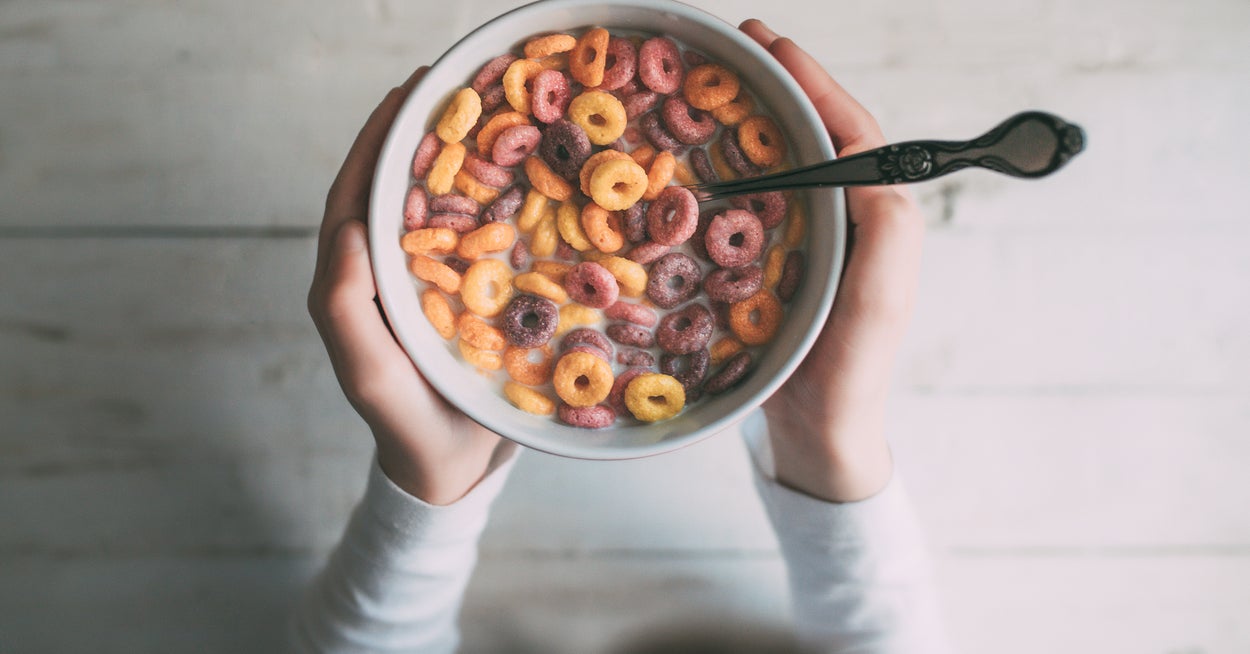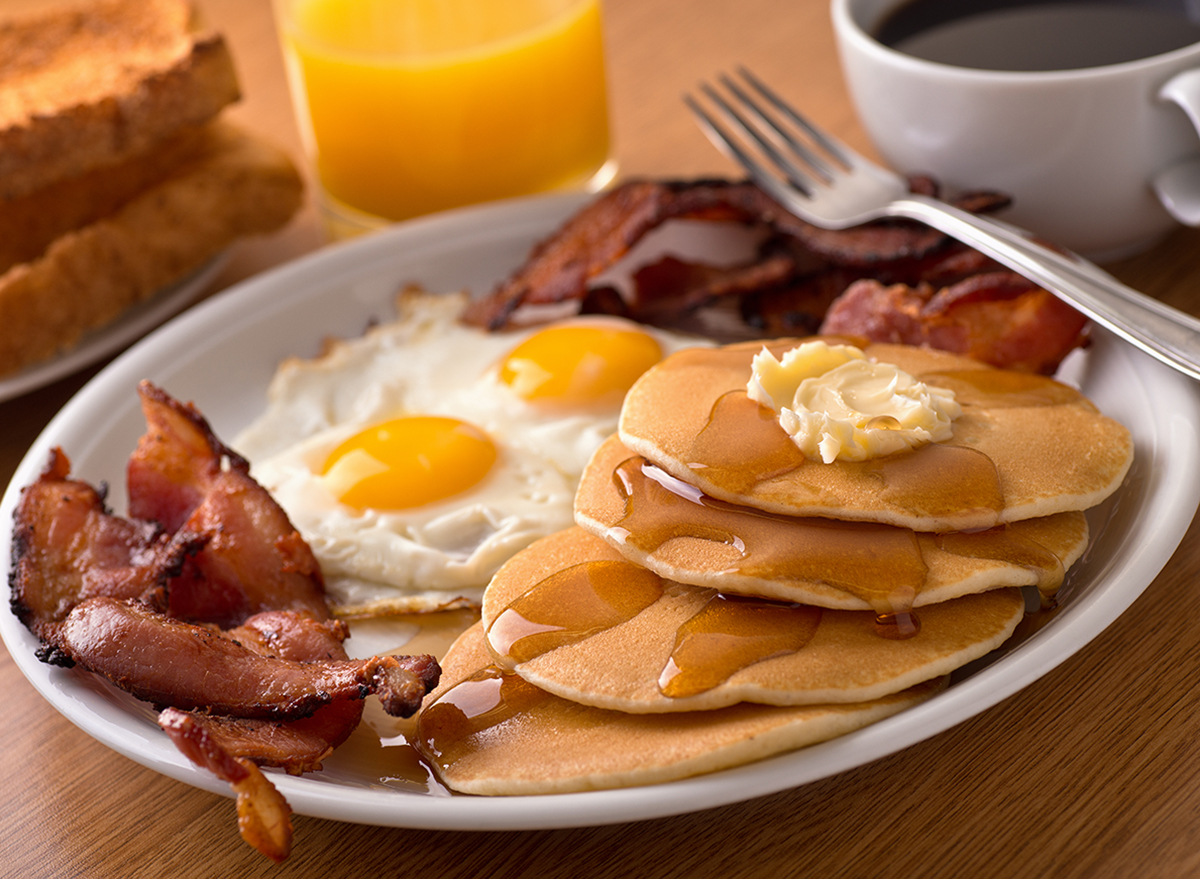The NOVA food classification system has been causing unnecessary confusion about which foods are “ultraprocessed.” It was developed by the Center for Epidemiological Studies in Health and Nutrition, School of Public Health at the University of Sao Paulo, Brazil, and it groups foods by their level of processing and recommends avoiding “ultraprocessed foods” like candy and soda. All breakfast cereal is lumped in the ultraprocessed category. This has prompted debate among nutrition experts.
Courtney Pelitera, a registered dietician (RD), thinks the NOVA scale is being misinterpreted. “Processing simply refers to all physical, biological and chemical methods used during the food manufacturing process, including the use of additives. This classification system was never meant to determine the ‘healthiness of food’ as has become popular on social media channels.”
According to RD Kelly Toups LeBlanc, the VP of Nutrition Programming at Oldways, not all ultra-processed foods are created equal. “Some ultra-processed foods, like whole grain breakfast cereals, contain important food groups recommended in the Dietary Guidelines for Americans. Other ultra-processed foods, like candy bars and soft drinks, do not.”
She takes issue with the way the NOVA list categorizes foods, especially whole-grain cereals.
“For example, refined grains like all-purpose flour, degermed cornmeal, and white rice, which have been processed to have their healthful bran and germ removed, are somehow considered minimally processed, putting them in the same category as fresh broccoli — while packaged 100% whole grain breads and whole grain breakfast cereals are considered ultra-processed,” LeBlanc said.
The truth is that whole grain cereals can be an important part of nutrition assistance programs, providing valuable nutrition to vulnerable populations. “In a 2023 study from the USDA, government scientists designed a nutritious seven-day, 2,000-calorie diet in which 91% of calories came from ultra-processed foods,” LeBlanc said.


